Common Mistakes to Avoid in Content Marketing for Lead Generation
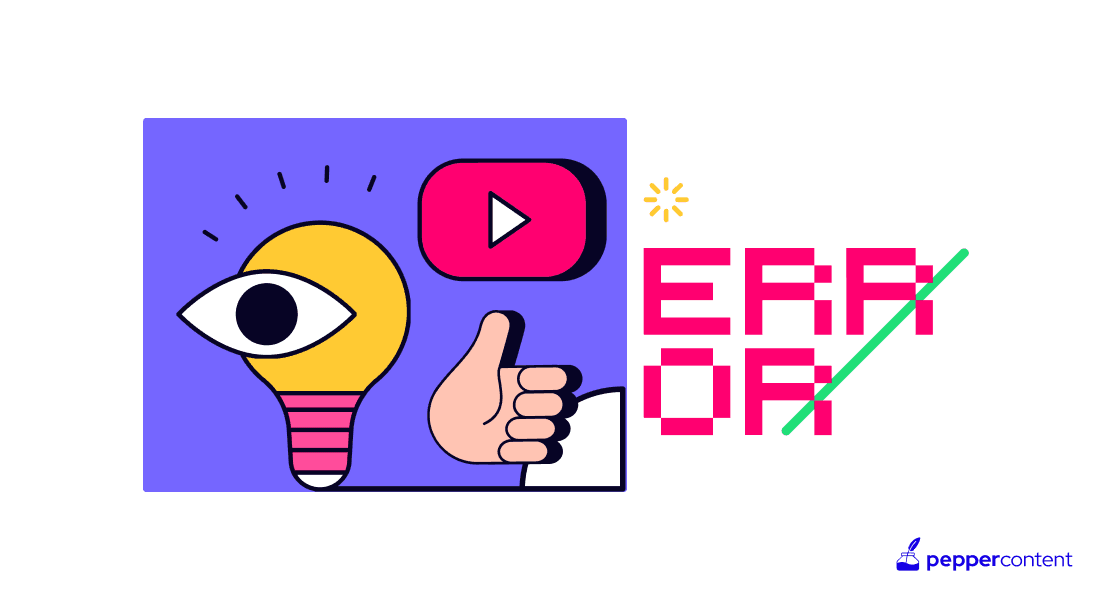
Expanding your business online means getting more visitors and turning them into paying customers. But many companies make mistakes in getting leads without realizing it, hurting their efforts and bottom line.
According to the State of Marketing Trends Report by Hubspot, over 50% of marketers globally say that generating leads and traffic is their biggest challenge, while only 39% find providing the ROI of marketing their primary problem.
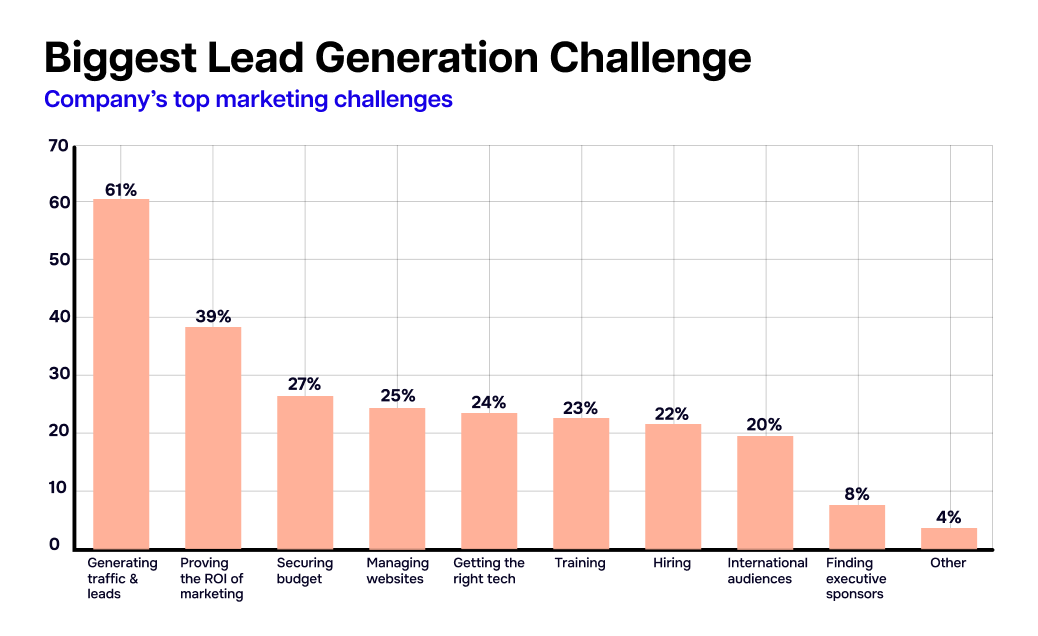
The good news is you can quickly fix these mistakes and turn your leads into sales. Are you curious about what you might be doing wrong with your lead generation content strategy? This article will help you find and fix the common content marketing lead generation mistakes.
1. Not Setting Clear Objectives
Setting clear objectives is like having a roadmap for your content marketing lead generation campaigns. It’s crucial because it helps everyone involved understand what they’re working towards. Without clear goals, it’s like driving without a destination — you might go in circles.
When objectives are unclear, efforts can go astray. Your team might work hard, but if they’re unsure of what they’re trying to accomplish, the results can be unsatisfactory and not quite what you wanted.
To fix this, it’s important to sit down and clearly define what you want to achieve. Make the goals specific and understandable, like a simple roadmap with clear directions. This way, everyone involved knows the purpose, and efforts can be focused on reaching the target audience. It’s about ensuring everyone is on the same page, working towards a common goal.
2. Neglecting Your Target Audience
One big mistake in getting leads is not being clear about who you want to reach. When you’re unsure about your target audience, your message gets all over the place, and connecting with anyone is tough. Even if you’re working hard to get leads, they won’t turn into paying customers if they’re not the right fit for your business.
Knowing your target audience means understanding what they need, what they like, and what bothers them. You get what drives them and what they want in a product or service like yours. With this understanding, you can shape your efforts to get the right people interested and improve your chances of success.
So, take a bit of time to figure out who your target audience is. Who are they? What are they like? What are they into? Here are some handy tips to know your target audience:
- Create buyer personas – These are detailed profiles of your ideal customers.
- Establish audience segmentation based on different factors, like their purchasing behavior, historical purchases, demographics, interests, etc.
- Determine if you should focus on all these segments or if some are more important.
- Customize and personalize your content to match what your audience wants.
While creating your buyer persona, here are some of the things you need to consider:
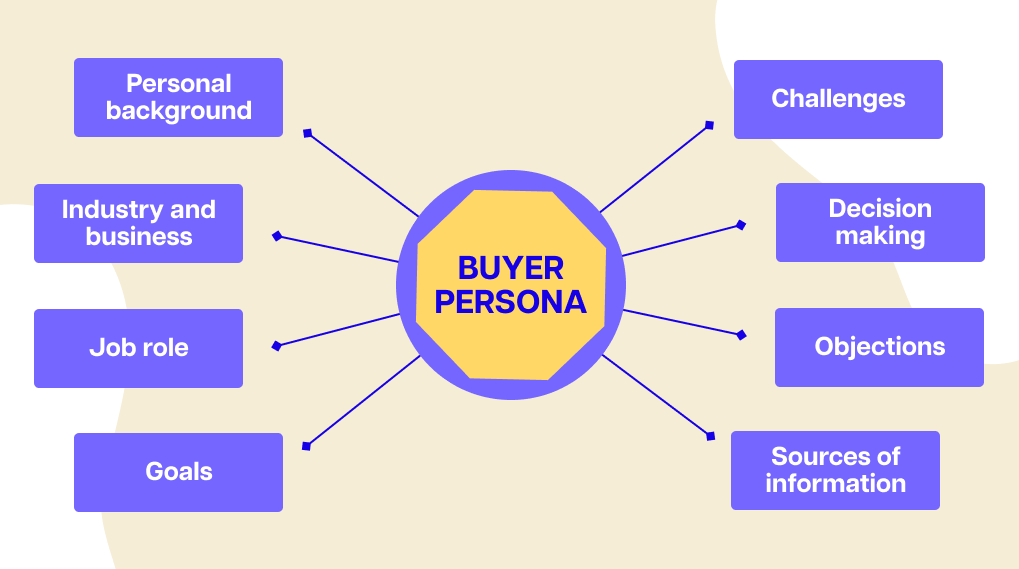
Once you have this information, you can make lead generation through content marketing that works better and avoid wasting time and effort on leads that won’t become customers.
3. Overemphasis on Self-Promotion
It’s essential to balance sharing helpful information and talking about your own business when using content marketing for lead generation. Imagine it like having a conversation — if you only talk about yourself, it can get a bit one-sided and might not be very interesting for the other person.
To make content marketing work for lead generation, find that balance. Share helpful information your audience cares about, and let them know how your business can help when it is correct. This way, it’s more like a friendly conversation where everyone gets something out of it, and potential leads are more likely to stick around.
4. Inconsistent Content Production
Quality content drives lead generation. Moreover, people buy from companies they trust. With almost 70% of the buying decision being made before interaction with the sales representative, it’s important to establish trust through the personality of your product content. This means your content is responsible for most of your team’s lead-generation efforts. It also indicates that your content production efforts should be consistent.
Inconsistent and unpredictable content releases can negatively affect lead-generation efforts. Here are some challenges that may arise and strategies to address them:
- Inconsistent Audience Engagement: Infrequent content releases may result in inconsistent engagement from your audience. To keep your audience engaged, you can regularly establish a content calendar and plan and schedule content releases, including blog posts, social media updates, webinars, or newsletters.
- Loss of Audience Interest: Unpredictable content releases can lead to a decline in audience interest over time. Create a content strategy that aligns with your audience’s interests and needs. Conduct surveys or analyze engagement metrics to understand what type of content your audience values. Lastly, develop a content plan that addresses these preferences.
- Reduced Visibility and SEO Impact: Search engines often prioritize websites with fresh and relevant content. Infrequent updates may result in reduced visibility. Regularly update your website with new content. This could be in the form of blog posts, case studies, or press releases. Consistent updates can positively impact your search engine rankings.
- Reduced Thought Leadership: Low content releases may affect your position as a thought leader in your industry. Develop a thought leadership content plan. Share insights, trends, and analyses related to your industry. Position your brand as an authority by consistently delivering valuable, insightful content showcasing your expertise.
- Impact on Social Media Presence: Schedule regular social media updates to coincide with your content releases. Engage with your audience on social platforms and encourage discussions. Consistent social media activity can help maintain and grow your online community.
- Negative Impact on Lead Nurturing: Map out your lead nurturing journey and align it with your content calendar. Ensure you have relevant content at each stage of the buyer’s journey. This helps in keeping your leads engaged and moving through the sales funnel.
- Lack of Data for Optimization: Without regular content releases, gathering sufficient data for optimization becomes challenging. Implement analytics tools such as Google Analytics to track the performance of your content. Analyze the data to understand what works and what doesn’t. Use insights to optimize future content and marketing strategies.
You can improve lead generation efforts and maintain a solid online presence by addressing these challenges through a well-planned and consistent content strategy. Regularly assess and adjust your approach based on your audience’s performance metrics and feedback.
5. Ignoring Content Optimization
In the fast-paced digital landscape, some businesses overlook the importance of content optimization in their lead-generation efforts. This oversight can significantly impact their ability to attract and retain potential customers. Content optimization involves fine-tuning your online material to make it more appealing to search engines and human readers.
For instance, a small local bakery might miss out on potential customers if its website lacks relevant keywords like “freshly baked goods” or “local pastries.” By ignoring content optimization, they may not appear in search engine results when potential customers are looking for a nearby bakery. This simple step could distinguish between gaining a new customer and being overlooked.
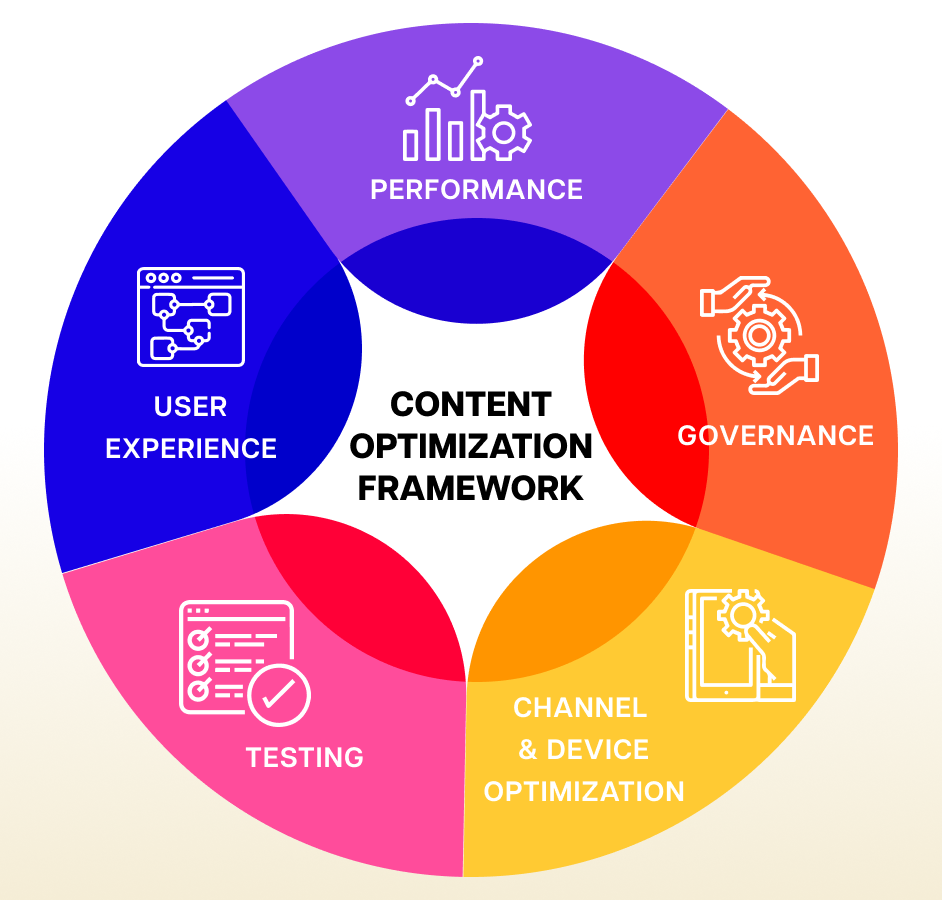
SEO Overlooked: The Role of SEO in Increasing Visibility
Search Engine Optimization (SEO) is an essential but often overlooked aspect of content marketing. SEO helps your content get discovered by search engines, making it more likely to appear in relevant search results. Consider a boutique clothing store that crafts unique handmade garments. Without proper SEO, their website might not show up when someone searches for terms like “unique handmade clothing” or “artisan fashion.”
By neglecting SEO, businesses miss out on the opportunity to reach a broader audience. Investing time and effort into understanding and implementing SEO best practices can significantly increase online visibility, driving more traffic and potential customers to your website.
Mobile Unfriendliness: Ensuring Content is Optimized for Mobile Users
In our smartphone-dominated era, a mobile-unfriendly website can be a significant barrier to lead generation. Many users browse the internet on their phones, and if your content is not optimized for mobile devices, you risk losing a large chunk of your potential audience.
Imagine a travel agency such as Agoda that offers exciting vacation packages. If their website is not mobile-friendly, potential customers may struggle to navigate the site on their smartphones, leading to frustration and likely abandonment.
Ensuring your content looks good and functions well on mobile devices is crucial for providing a seamless user experience and maximizing lead generation opportunities.
Lack of Engaging Visuals: The Importance of Images, Infographics, and Videos
In a world with short attention spans, relying solely on text can make your content less engaging. Incorporating visuals such as images, infographics, and videos can significantly enhance your lead-generation efforts. Think about a tech company introducing a new product — a well-designed infographic or a video demonstrating its features can capture the audience’s attention more effectively than a long text block.
Visuals break the monotony of text and make information more digestible. Social media platforms thrive on visually appealing content, and businesses that neglect this aspect might find it challenging to stand out. Including eye-catching visuals in your content strategy can make your message more memorable, increasing the likelihood of turning leads into customers.
6. Neglecting Content Distribution Channels
When it comes to getting your message to your target audience, overlooking the variety of platforms available can be a missed opportunity. Content distribution channels are the different ways you share your content with the world. Some businesses might focus solely on one platform, such as only posting on their website or exclusively on social media.
Leveraging multiple platforms ensures that your content is seen by a more diverse audience, reducing the risks associated with relying too heavily on a single channel.
For instance, a local coffee shop might only post updates on its website, missing the chance to reach potential customers on social media platforms like Instagram or Facebook. Using multiple channels, they could engage with a broader audience, attracting coffee lovers who might not regularly visit their website.
On the other hand, if you put all your efforts into one content distribution channel, be it a website or a social media platform, you’re vulnerable to trends or changes in user behavior. If that channel becomes less popular or experiences technical issues, the business may struggle to connect with its audience.
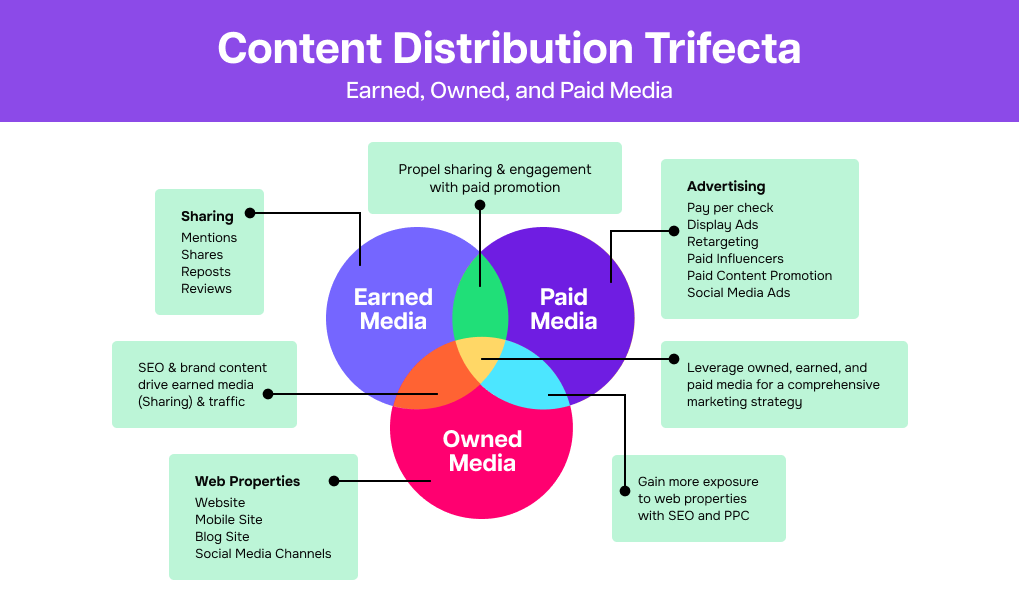
7. Failing to Engage with the Audience
Effective lead generation requires more than just gathering contact details; it hinges on establishing a meaningful connection with your audience. Failure to engage with your audience can be a significant obstacle in this process. It’s not merely about collecting leads; it’s about cultivating a relationship that goes beyond a one-sided flow of information. This focuses on the pivotal role of two-way communication in the lead generation journey.
Think of two-way communication as a bridge that links you to your audience. It goes beyond transmitting messages; it involves actively listening and responding.
Initiating a dialogue with your audience creates opportunities to comprehend their needs, address concerns, and recognize their preferences. This connection is paramount because it shifts the lead generation experience from a transactional occurrence to a venture centered on building lasting relationships.
One key aspect to enhance audience engagement is responding to comments. When potential leads take the time to comment on your content, acknowledging and responding to them creates a sense of connection. It shows that you value their input and actively participate in the conversation.
Feedback collection is another valuable tool in audience engagement. By seeking feedback, you not only demonstrate that you care about your audience’s opinions but also gain insights that can refine your lead generation strategy.
Active social media interaction is a powerful means of engaging with your audience. It’s not just about broadcasting your message; it’s about actively participating in the online community. Responding to comments, sharing relevant content, and being present on social media platforms create an environment where your audience feels heard and valued.
8. Overlooking Analytics and Performance Metrics
Another common pitfall in lead generation is overlooking analytics and performance metrics. If you’re not monitoring the results of your lead generation efforts, you’re essentially navigating in the dark. Making decisions without a clear understanding of what works and what doesn’t can lead to missteps.
By tracking and measuring your lead generation results, you gain insights into the effectiveness of your strategies. You can use analytics tools to track metrics such as:
- Number of Leads Generated
- Lead Sources
- Cost Per Lead
- Conversion Rates
This information serves as a roadmap, highlighting areas of success and identifying where adjustments are needed.
With these metrics, you can make informed decisions to enhance your lead-generation efforts. For instance, if your social media campaigns aren’t giving many leads, you can experiment with different approaches or allocate your resources elsewhere. The beauty of tracking results lies in its ability to guide you toward strategies that work for your business.
Failing to track and measure your lead generation results is akin to playing a sport without keeping score. Without this fundamental feedback, you won’t have a clear picture of your performance — whether you’re on the winning side or facing challenges. Ensure you track your results, leverage the information gained, and use it to refine your approach.
9. Avoiding Content Updates and Repurposing
A common mistake in content management is not updating and repurposing existing content. It’s easy to fall into the trap of constantly churning out new material without revisiting what you already have. However, refreshing old content comes with several benefits.
Firstly, it helps ensure that the information remains accurate and relevant. In the ever-evolving online world, outdated content can quickly lose its value. By revisiting and updating, you maintain the reliability of your material.
Moreover, refreshing content can enhance its appeal to search engines. Search algorithms often favor fresh and current information. Regularly updating your content signals to search engines that your website is active and continually providing valuable insights. This, in turn, can positively impact your website’s visibility and ranking in search results.
Repurposing content takes the idea of revitalization a step further. Instead of merely updating, repurposing involves presenting existing content in different formats or for various purposes. This can significantly extend the lifespan and reach of your material.
For example, transforming a blog post into an engaging infographic or creating a video based on an existing article caters to diverse audience preferences. Not everyone consumes content in the same way, and repurposing allows you to reach a broader audience by delivering your message through various mediums.
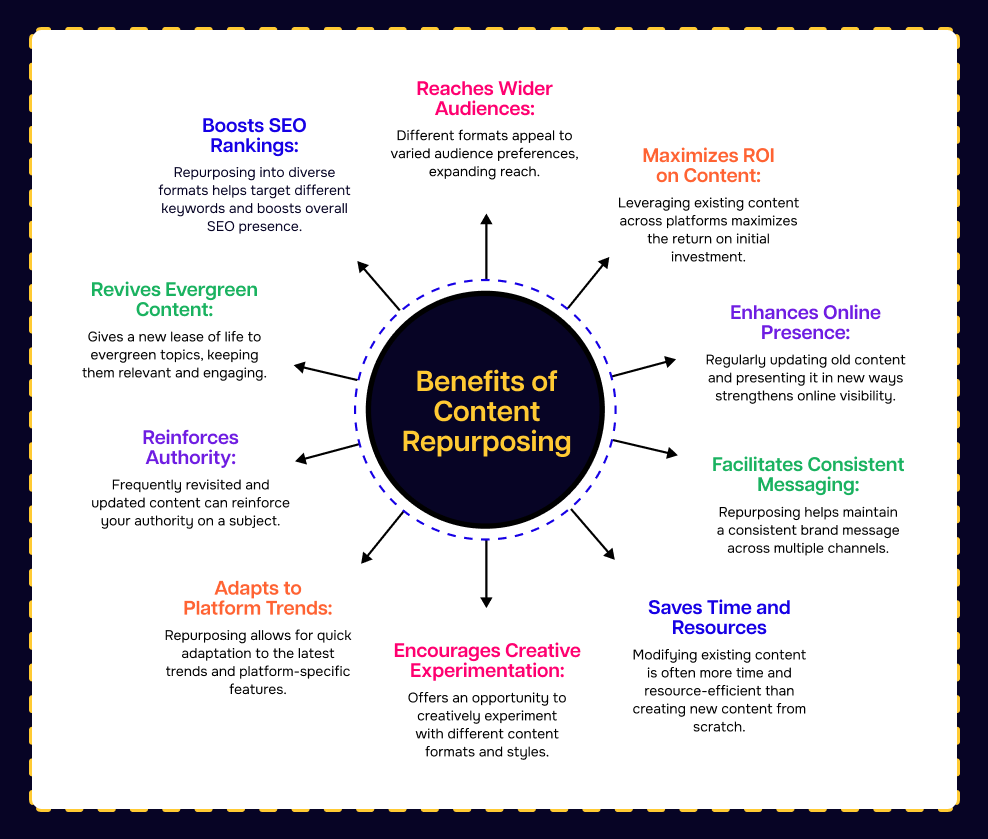
Conclusion
Using content marketing to generate leads is a crucial aspect of business success, but it can be tricky. Many businesses make some common mistakes that you might unintentionally be making as well. However, avoiding these common mistakes can pave the way for more leads and contribute to the growth of your business.
It’s worth taking a moment to evaluate your lead generation efforts and make adjustments to avoid these typical pitfalls. By doing so, you’re setting yourself up for a smoother lead generation journey and, in turn, giving your business a better chance to thrive. Your business will indeed thank you!
Looking for writing services that can boost your content marketing efforts for lead generation? Pepper Content is here to help! Book a demo today.
Latest Blogs
Explore how Google’s 2025 AI search updates triggered ranking chaos. Learn actionable strategies to adapt your SEO for AI Overviews, zero-click searches, and SERP volatility. Stay ahead now.
Learn how to rank on AI search engines like ChatGPT, Perplexity, and Gemini by optimizing your content for authority, structure, and relevance. Stay ahead in AI-driven search with this strategic guide.
Explore the best healthcare SEO services for your medical practice. Improve online visibility and effectively reach more patients in need of your services.
Get your hands on the latest news!
Similar Posts

Content Strategy
5 mins read
Choosing The Best Healthcare Marketing Agency For Effective Content Solutions

Content Marketing
4 mins read
Top 10 Agencies B2B SaaS Content Marketing for B2B Success

B2C Marketing
5 mins read